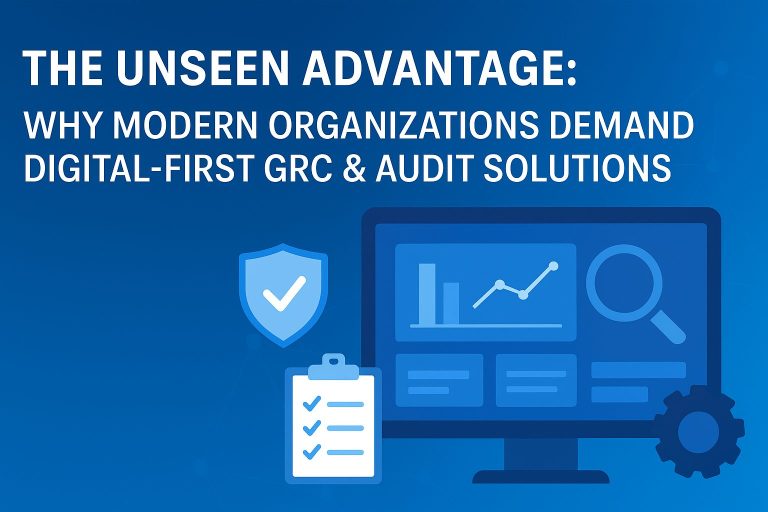Introduction
In today’s dynamic business environment, understanding and managing risks is essential for the long-term success and sustainability of any organization. An enterprise risk assessment (ERA) is a systematic process that helps businesses identify, analyze, and prioritize potential risks that could impact their operations. By conducting an ERA, organizations can proactively manage risks, seize opportunities, and make informed decisions to achieve their objectives. In this article, we will explore the foundations of performing an enterprise risk assessment.
-
Understanding Enterprise Risk Management (ERM)
Enterprise Risk Management (ERM) is a holistic approach to managing risks across an entire organization. It involves identifying, assessing, and mitigating risks that could affect an organization’s ability to achieve its strategic objectives. ERM considers various perspectives, including strategic, financial, operational, and compliance-related risks. This comprehensive view ensures that organizations can effectively navigate challenges and capitalize on opportunities while aligning with their overall mission and vision. -
Establishing the Risk Management Framework
Before conducting an enterprise risk assessment, it’s essential to establish a robust risk management framework. This framework should outline the organization’s risk management policies, procedures, roles, and responsibilities. It should also define the risk appetite and tolerance levels for different types of risks. A clear framework not only sets the tone for the risk management culture but also ensures that all stakeholders are aligned in their understanding of risks and the required responses. -
Identifying Risks
The first step in performing an enterprise risk assessment is to identify potential risks that could impact the organization. Risks can arise from various sources, including internal processes, external factors, regulatory changes, and strategic decisions. To identify risks effectively, organizations can employ techniques such as brainstorming sessions, risk workshops, the creation of risk registers, and historical data analysis. This collaborative approach allows for diverse perspectives and a more comprehensive understanding of potential threats. -
Assessing Risks
Once risks have been identified, the next step is to assess their likelihood and potential impact on the organization. Risk assessment involves analyzing both the probability of a risk occurring and the magnitude of its potential consequences. This can be accomplished using qualitative, quantitative, or semi-quantitative risk assessment techniques. By evaluating risks through these lenses, organizations can prioritize their focus on the most significant threats. -
Prioritizing Risks
Not all risks are created equal; therefore, organizations must prioritize them based on their significance. Risks with a high likelihood of occurrence and a severe impact on the organization’s objectives should be prioritized for mitigation. Prioritization can be accomplished through risk scoring matrices, heat maps, or other prioritization techniques, ensuring that resources are allocated effectively to address the most critical risks. -
Developing Risk Mitigation Strategies
After prioritizing risks, the next step is to develop risk mitigation strategies aimed at reducing the likelihood or impact of identified risks. Such strategies can include risk avoidance, risk reduction, risk transfer, or risk acceptance. Organizations should formulate action plans that clearly define responsibilities, timelines, and success criteria for implementing these mitigation strategies. This proactive planning equips organizations to face risks head-on rather than merely reacting after they occur. -
Monitoring and Reviewing
Risk management is an ongoing process, and organizations should continuously monitor and review their risk management activities. Regular monitoring ensures that mitigation strategies are effectively implemented and that new risks are identified and addressed promptly. It’s crucial to periodically review the risk management framework to ensure its relevance and effectiveness in addressing evolving risks. This adaptive approach allows organizations to remain resilient in an ever-changing business landscape.
Conclusion
Conducting an enterprise risk assessment is a critical component of effective risk management. By systematically identifying, assessing, and prioritizing risks, organizations can make informed decisions, protect their assets, and create long-term value. By establishing a robust risk management framework and following the steps outlined above, organizations can proactively manage risks and enhance their resilience in today’s uncertain business environment. In doing so, they not only safeguard their future but also position themselves to thrive amid challenges and opportunities alike.




